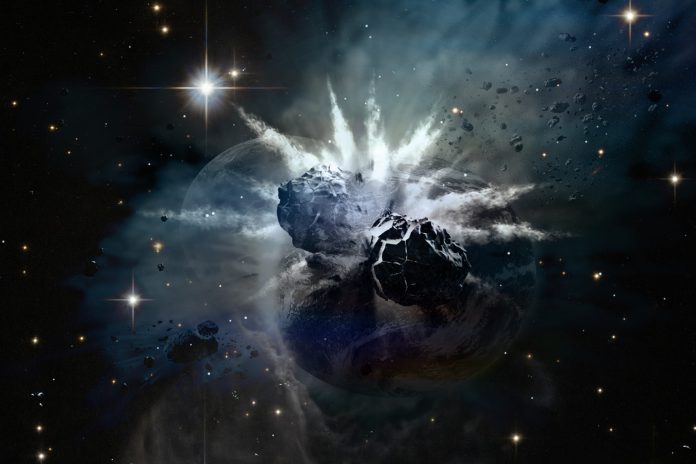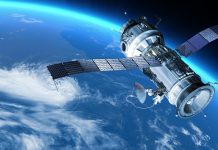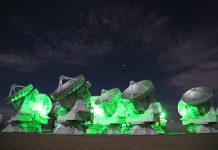Astronomers worldwide have found a planet the size of Neptune, denser than steel, whose composition could be the result of giant planetary collisions
TOI-1853b is almost twice the mass of other planets of a similar size, and its density is incredibly high. Meaning it contains more rocks than expected for a planet of that size.
Researchers, led by Luca Naponiello from the University of Rome Tor Vergata and the University of Bristol, propose, in their recent Nature study, that these characteristics are likely due to past planetary collisions.
These huge impacts/planetary collisions will have stripped away lighter gases and water, leaving behind a predominantly rocky composition.
Senior Research Associate and co-author Dr Phil Carter from Bristol’s School of Physics explained: “We have strong evidence for highly energetic collisions between planetary bodies in our solar system, such as the existence of Earth’s Moon, and good evidence from a small number of exoplanets.
“We know that there is a huge diversity of planets in exoplanetary systems.”
“Our contribution to the study was to model extreme giant impacts that could potentially remove the lighter atmosphere and water/ice from the original larger planet in order to produce the extreme density measured.”
Secrets of massive impacts
Their research indicates that TOI-1853b’s formation likely required a starting planet with a lot of water and a violent collision at speeds exceeding 75 km/s.
The findings of this planet add to the growing evidence that huge collisions are common in forming planets across the galaxy. This discovery links theories about planet formation in our solar system with how exoplanets form. This discovery also offers fresh insights into the formation and evolution of planetary systems.
Postgraduate student and co-author Jingyao Dou said: “Our work shows that this can happen if the planet experienced extremely energetic planet-planet collisions during its formation.”
“These collisions stripped away some of the lighter atmosphere and water, leaving a substantially rock-enriched, high-density planet.”
“These collisions stripped away some of the lighter atmosphere and water, leaving a substantially rock-enriched, high-density planet.”
Unlocking the mysteries of TOI-1853b and planetary collisions
The team intends to conduct thorough follow-up observations of TOI-1853b to identify any residual atmosphere and examine its composition.
Associate Professor and co-author Dr Zoë Leinhardt concluded that previously extreme giant impacts had not been investigated as they were not something that they were expecting to happen. Work still needs to be done to enhance the material models underlying simulations.
The simulations were conducted utilising the computing resources provided by the Advanced Computing Research Centre at the University of Bristol. Funders include the Science and Technology Facilities Council (STFC) and China Scholarship Council.














